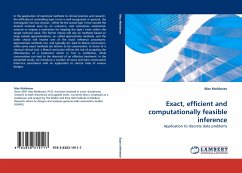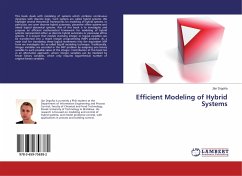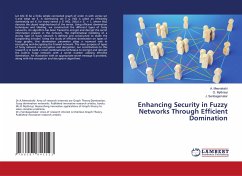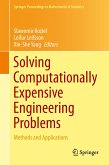In the application of statistical methods to clinical practice and research, the difficulty of controlling type I error is well recognized. In general, the investigator has two choices - either let the actual type I error exceed the desired nominal level by an unknown, and sometimes substantial, amount or impose a restriction for keeping the type I error within the target nominal value. The former choice will rely on methods based on large sample approximations, so- called approximate methods, and the latter choice will involve one of the exact inference procedures. Approximate methods can, and typically do, lead to liberal conclusions, while some exact methods are known to be conservative. In terms of a classical clinical trial, a liberal conclusion inflicts the risk of accepting the effectiveness of a treatment which in fact is ineffective, while conservatism can lead to the dismissal of an effective treatment. In the presented study, we introduce a number of exact and least conservative inference procedures with an application to clinical trials of various designs.
Hinweis: Dieser Artikel kann nur an eine deutsche Lieferadresse ausgeliefert werden.
Hinweis: Dieser Artikel kann nur an eine deutsche Lieferadresse ausgeliefert werden.








